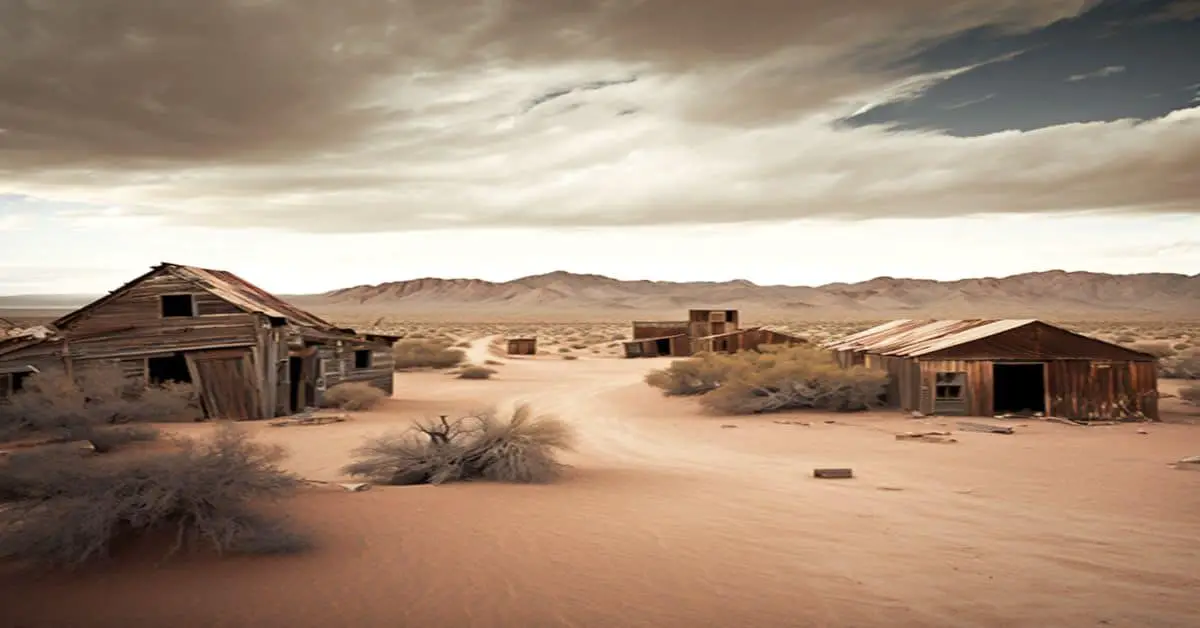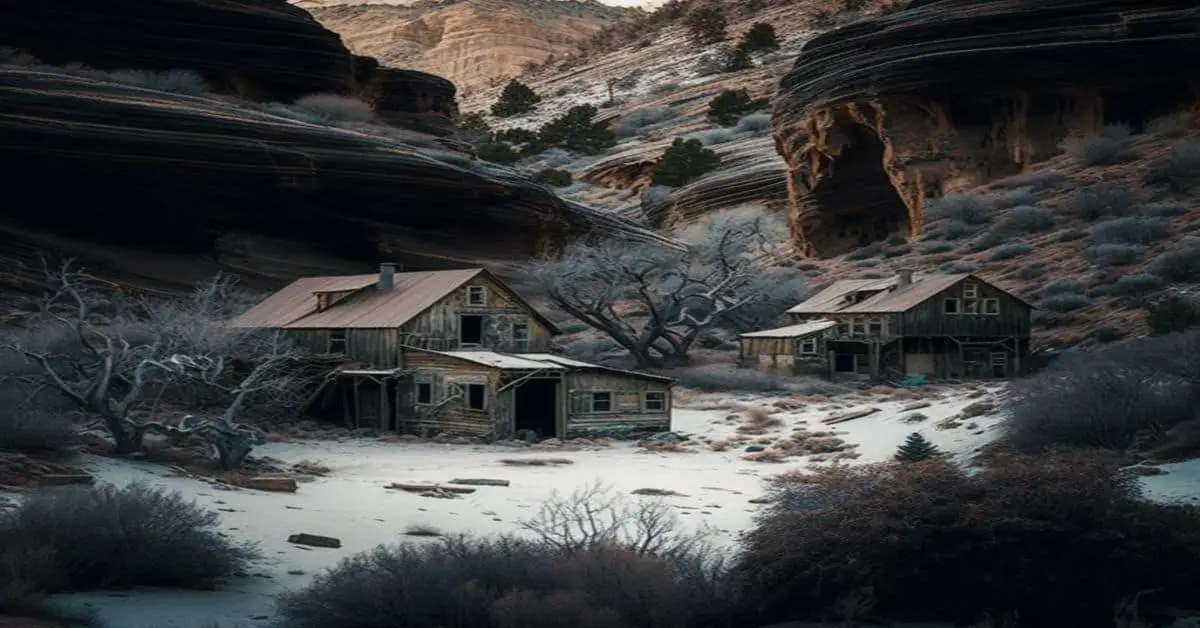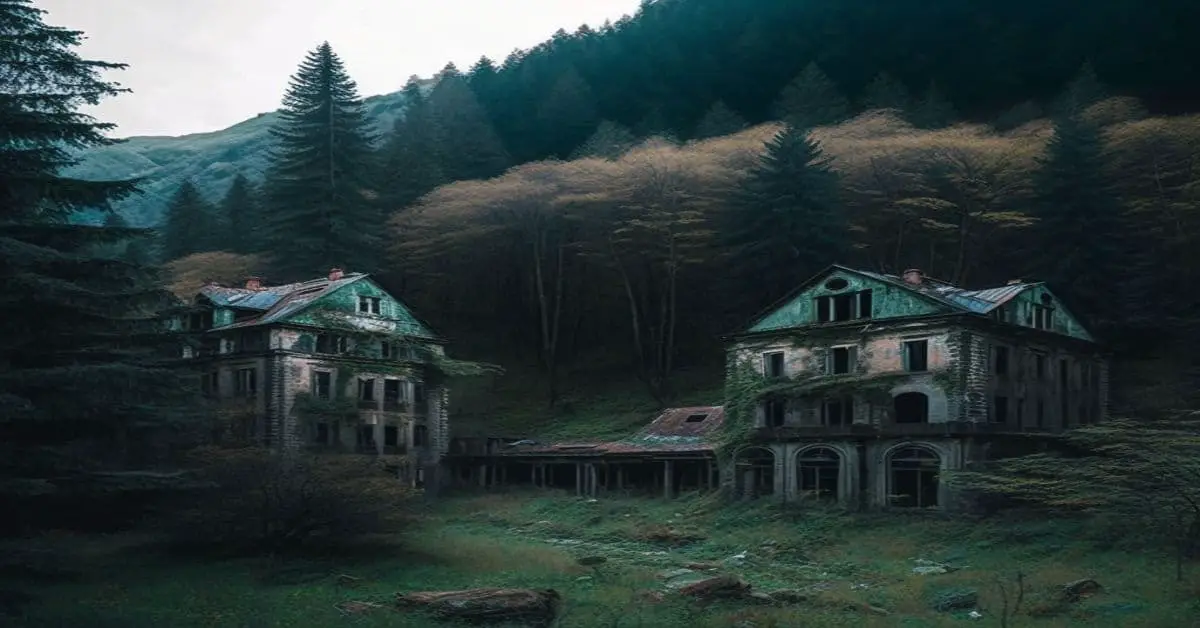Oregon Bar, California, Butte County is a captivating ghost town with a name that brings to mind images of the Wild West. This once-thriving settlement is now a silent reminder of the gold rush era that shaped much of California’s history. Below is detailed information about the town.
County: Butte County
Zip Code: Not available
Latitude / Longitude: 39.5306° N, 121.4944° W
Elevation: Approximately 1,289 feet (393 meters)
Time Zone: Pacific Time Zone (PT)
Established: Around the early 1850s
Disestablished: Not specifically documented, but the town declined significantly by the late 19th century
Comments: Oregon Bar was one of many small settlements during the California Gold Rush. It was situated on the Feather River, a hub for gold panning and mining activities. The town drew miners from all over, contributing to California’s rapid population growth during that period.
Remains: Very little remains of Oregon Bar today. With time, nature has reclaimed much of the area. Some remnants of mining equipment and the occasional foundation stone might be found if one knows where to look, but the site is largely overgrown.
Current Status: Oregon Bar is considered a ghost town, with no active community or notably preserved structures. It is a historical site for those interested in the gold rush era, but it is not a tourist attraction with maintained facilities.
Remarks: Oregon Bar is a tribute to the transient nature of boom towns during the gold rush. Its rise and fall were rapid, driven by the fortunes of gold mining.
Today, it offers a glimpse into a bygone era, appealing to those who seek the stories of freedom and fortune that once attracted people to the American West.


